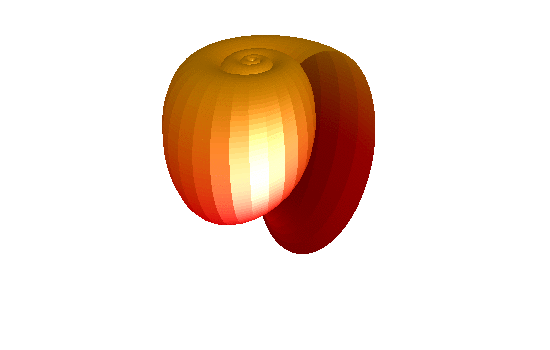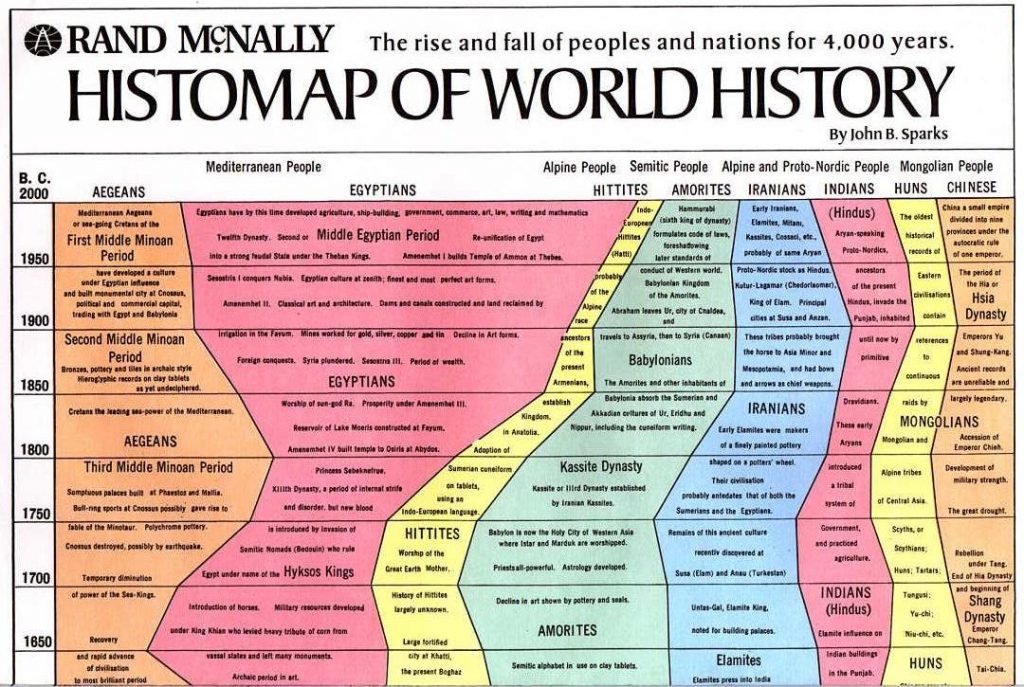As should be clear from the timestamps on previous posts, this blog is now mostly in hibernation mode. Meanwhile, I have been writing and recording podcast episodes, sometimes about topics related to what you used to find on this blog. If you want to continue to follow my thoughts on topics like how to evaluate the contents of black boxes, the proper understanding of tail risks, and the use of humans as randomization devices, please subscribe to my substack and add my podcast to your favorite listening device.
Here’s a sampling of those articles and episodes:
• Borel-Cantelli and Annihilation Events
• Institutionalized Tail Risk and the Black Swan Superhighway
• The Pleasures and Perils of Arbitrage (coming soon to my substack)
• Black Box Thinking, UFOs, and a Fist Full of Dung
• Deborah Mayo on Error, Replication, and Severe Testing
• Scott Aaronson on the Hunt for Real Randomness
• Russ Roberts on the Curious Task of Epistemology
• Andrew Gelman on Data, Modeling, and Uncertainty Amidst the Forking Paths



